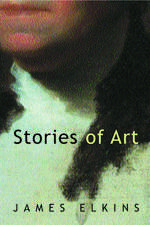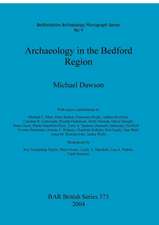Spectacle and Display: A Modern History of Britain's Roman Mosaic Pavements
Autor Michael Dawsonen Limba Engleză Paperback – 20 mai 2021
Preț: 313.98 lei
Nou
Puncte Express: 471
Preț estimativ în valută:
60.09€ • 65.25$ • 50.47£
60.09€ • 65.25$ • 50.47£
Carte disponibilă
Livrare economică 01-15 aprilie
Livrare express 18-22 martie pentru 41.76 lei
Preluare comenzi: 021 569.72.76
Specificații
ISBN-13: 9781789698312
ISBN-10: 1789698316
Pagini: 256
Ilustrații: 60 figures (colour throughout)
Dimensiuni: 252 x 176 x 16 mm
Greutate: 0.69 kg
Editura: ARCHAEOPRESS
ISBN-10: 1789698316
Pagini: 256
Ilustrații: 60 figures (colour throughout)
Dimensiuni: 252 x 176 x 16 mm
Greutate: 0.69 kg
Editura: ARCHAEOPRESS
Descriere
Antiquarian interest in the Roman period mosaics of Britain began in the 16th century. This book is the first to explore responses and attitudes to mosaics, not just at the point of discovery but during their subsequent history. It is a field which has received scant attention and provides a compelling insight into the agency of these remains.















